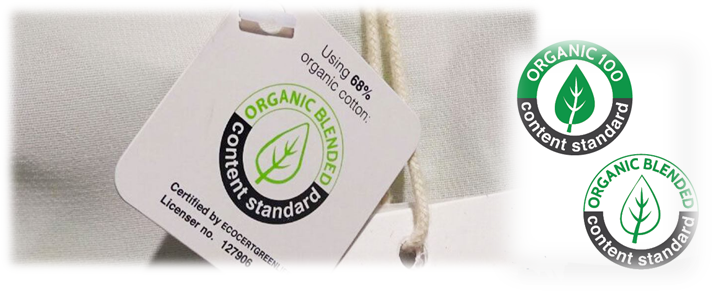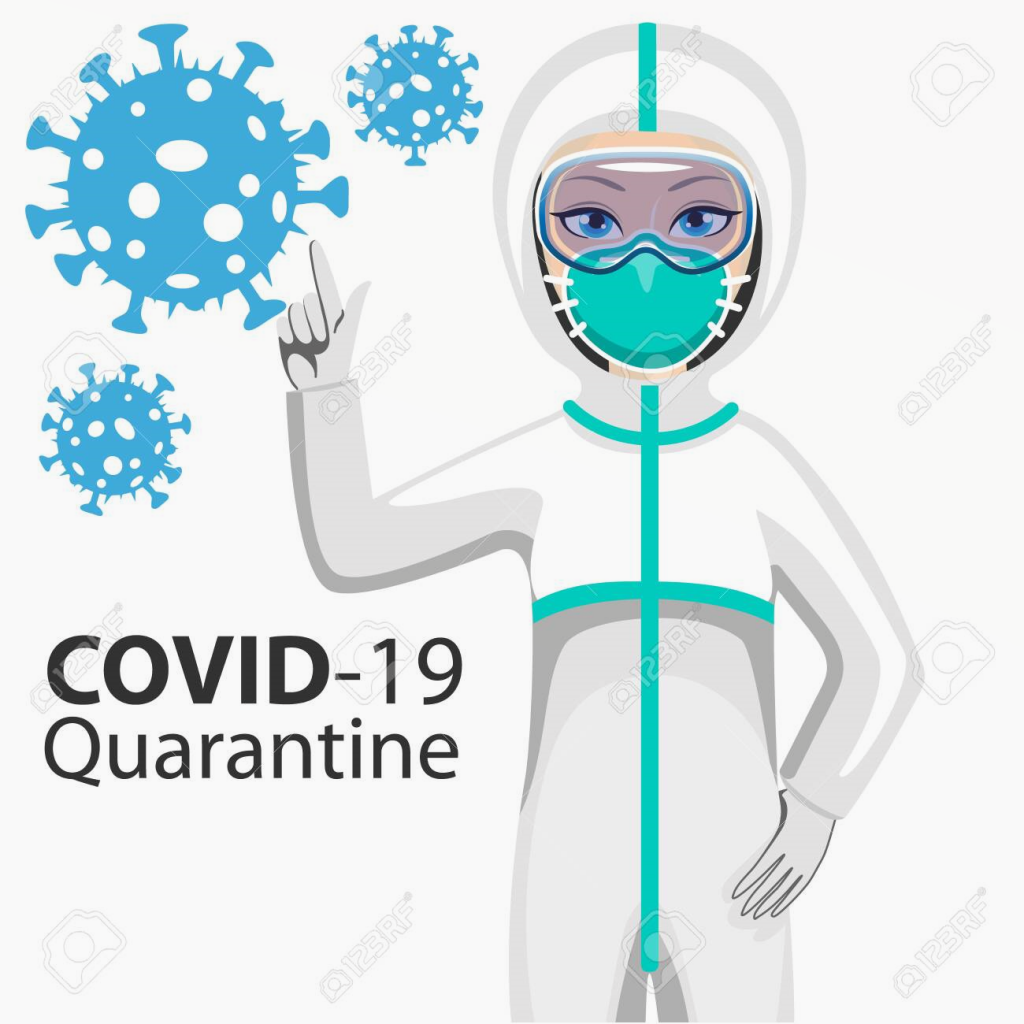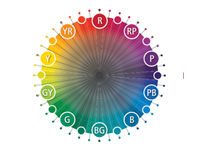Certification always provides mental assurance. And our textile sector is no different. But there is a question that remains as always. “What differences do they make? Is it just for satisfaction?
What is GOTS?
Global Organic Textile Standard(GOTS) is a set of criteria that creates the organic standard of textile material. More specifically, from harvesting the raw material to marketing the final product, GOTS standard effects. This certification ensures that customers have chemical-free and riskless clothing. It can be called the bridge between sustainability and fashion.
To learn more, our viewers can check out..
Problems with conventional cotton :
As we all know, updating only happens if any is lacking in the former. Using conventional cotton may sometimes create hazards. Let’s find out about them.
- Farmers use a lot of pesticides in farming. Now it is okay until they attack harmless creatures like bees or cattle. According to Google, 18% of sold pesticides around the world are used for cotton. That’s why it may mentioned as WORLD’S DIRTIEST CROP.
- According to research, about 5000 gallons of water are needed to produce 1kg of cotton. It indicates the waste of water.
- Those fertilizers are created with fossil fuels and result in huge amounts of nitrous oxide which tends to climate change.
- Even conventional cotton fabric is also produced using harmful chlorine bleach. Hydrogen Peroxide and formaldehyde are also applied in the processing of the fabrics.
- All problems ultimately take you to one place, “Health issue”
Requirements of GOTS :
To mark your textile product as GOTS certified, the following requirements must be fulfilled.
- From raw materials to processing, no toxic chemical can’t be used.
- Products must contain a minimum of 95% organic ingredients sourced from their place of origin.
- Dyes must be naturally derived.
- Textiles must meet specific quality standards regarding how they hold up to washing and color fading
- Organic materials must be stored and transported in a contamination-less way.
- Transportation routes must be documented.
- Any chlorinated plastics shouldn’t be traced out in packaging.
- Manufacturers are obliged to ensure a safe working environment, no child labor, proper workfare & appropriate working hours.
- Industries aren’t permitted to use such methods, which are harmful to workers.
Final Conclusion:
Now we come to the main issue. What is the basic difference between conventional and certified cotton? One thing is proven for sure. Certified cotton is organic and completely safe for health. Most importantly it doesn’t support toxicity to our soil and water.
Even economically GOTS-certified cotton is ahead of conventional ones. In the era of green, people focus on fashion with comfort, and new with protection. Organic cotton can ensure all. So this cotton ( raw or products ) can make a connection between sustainability & end customers.
Reference:
https://www.honest.com/blog/wellness/ingredients/what-is-gots-certified-organic-cotton/17914.html




